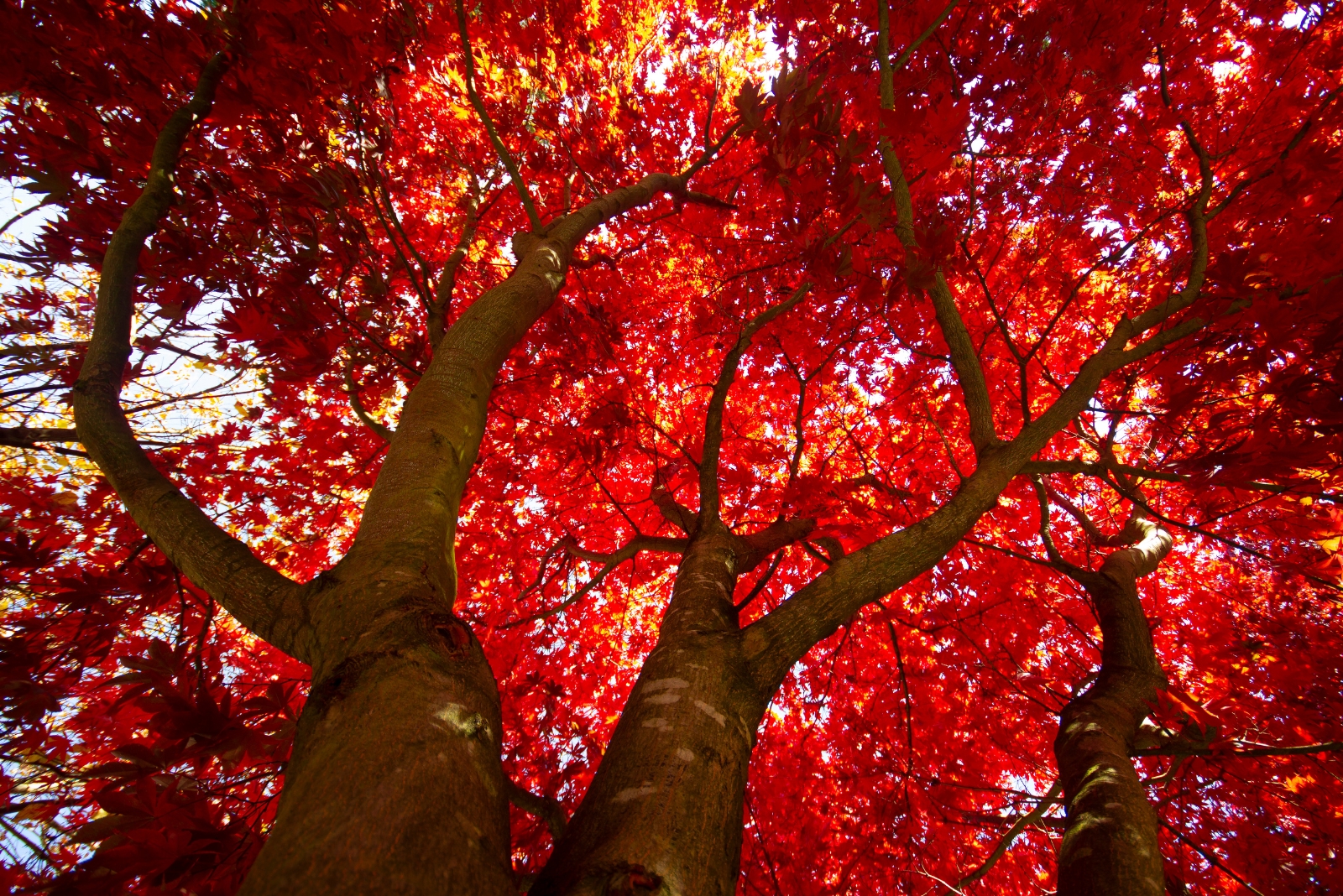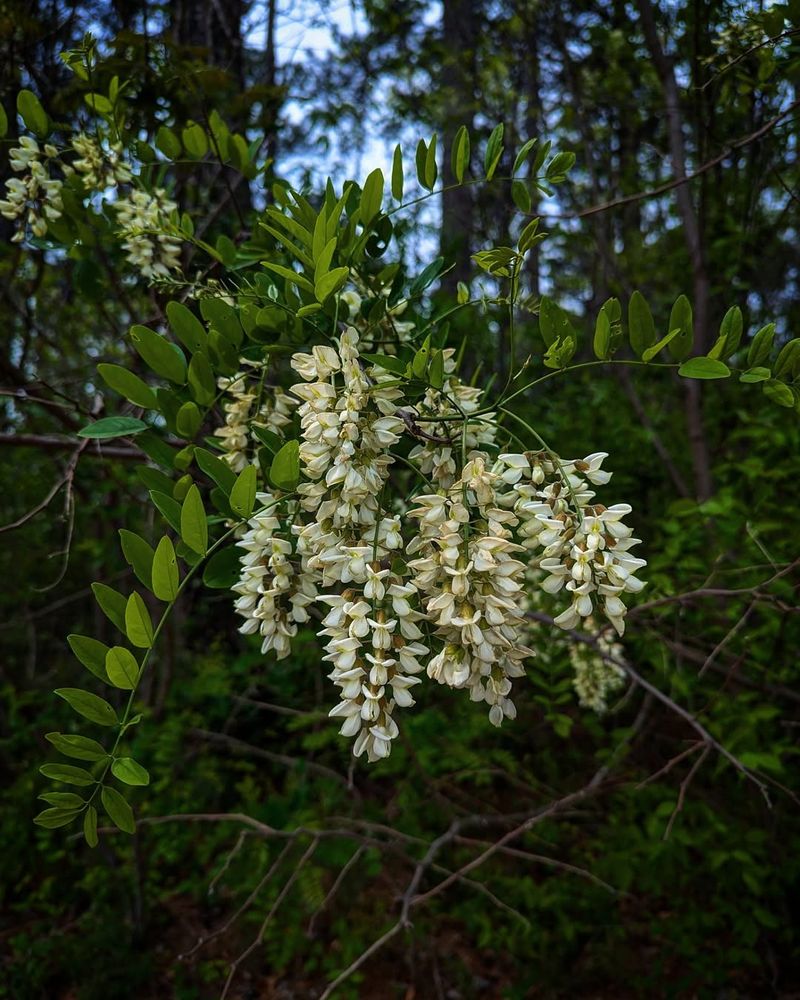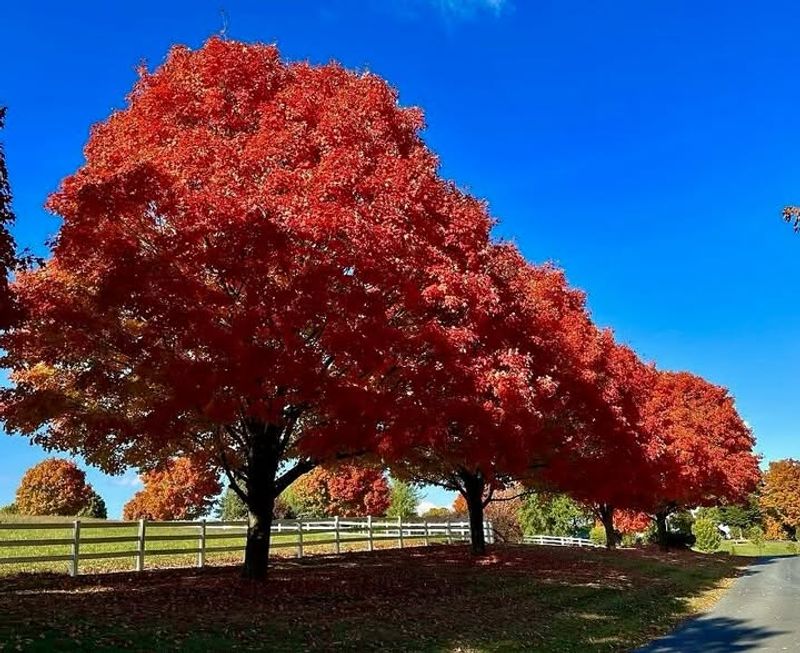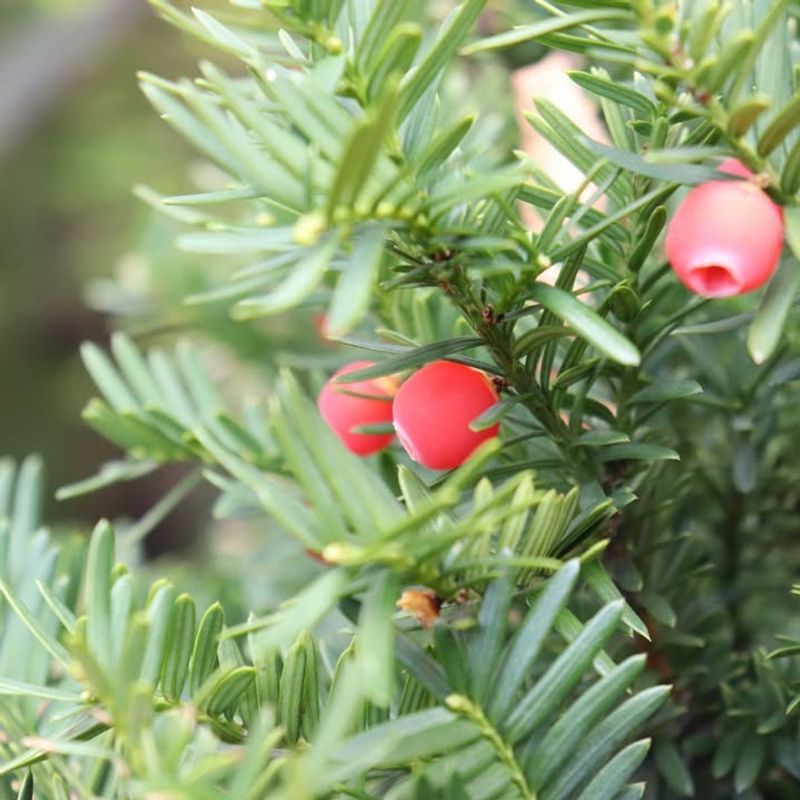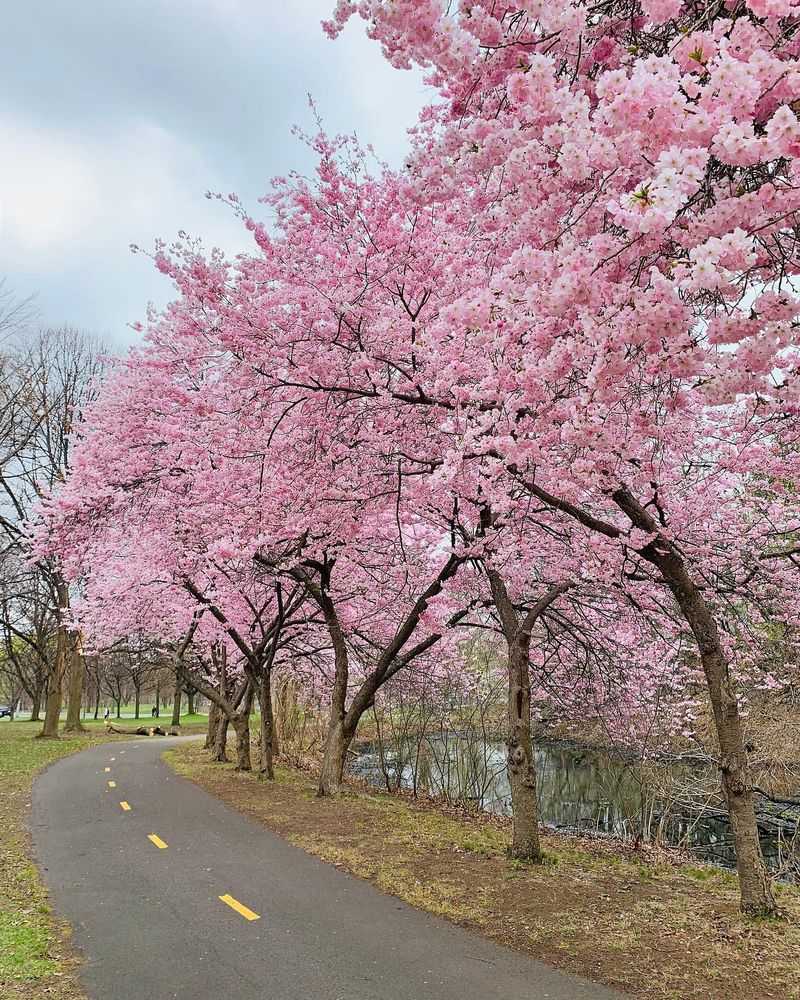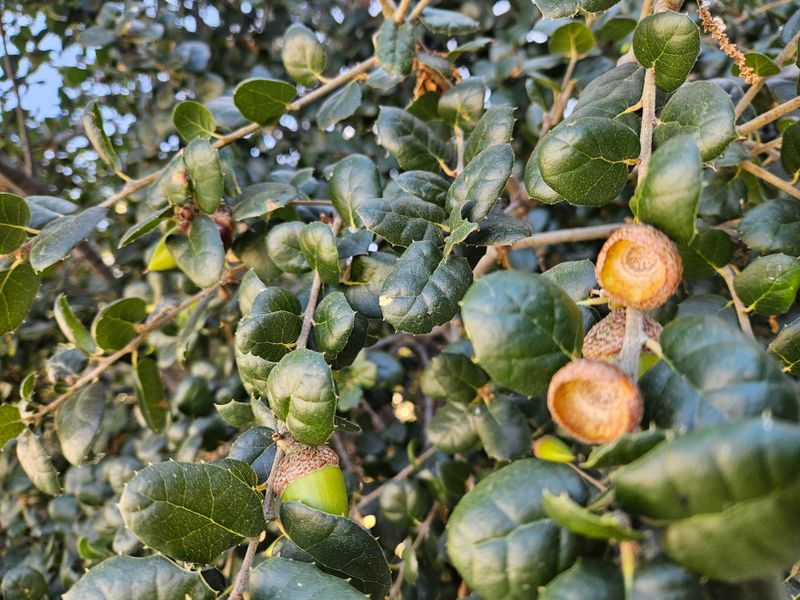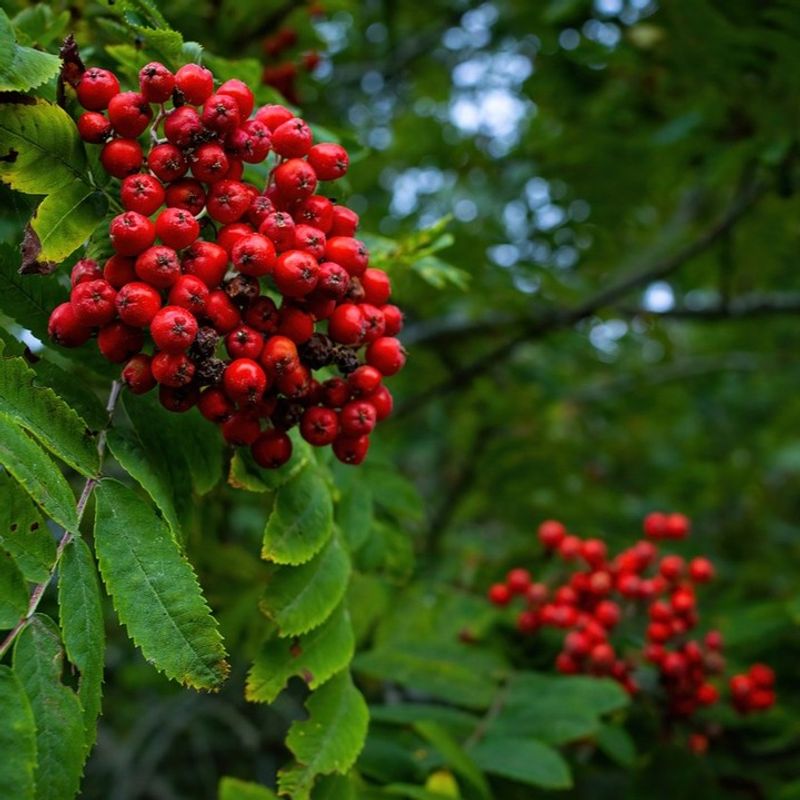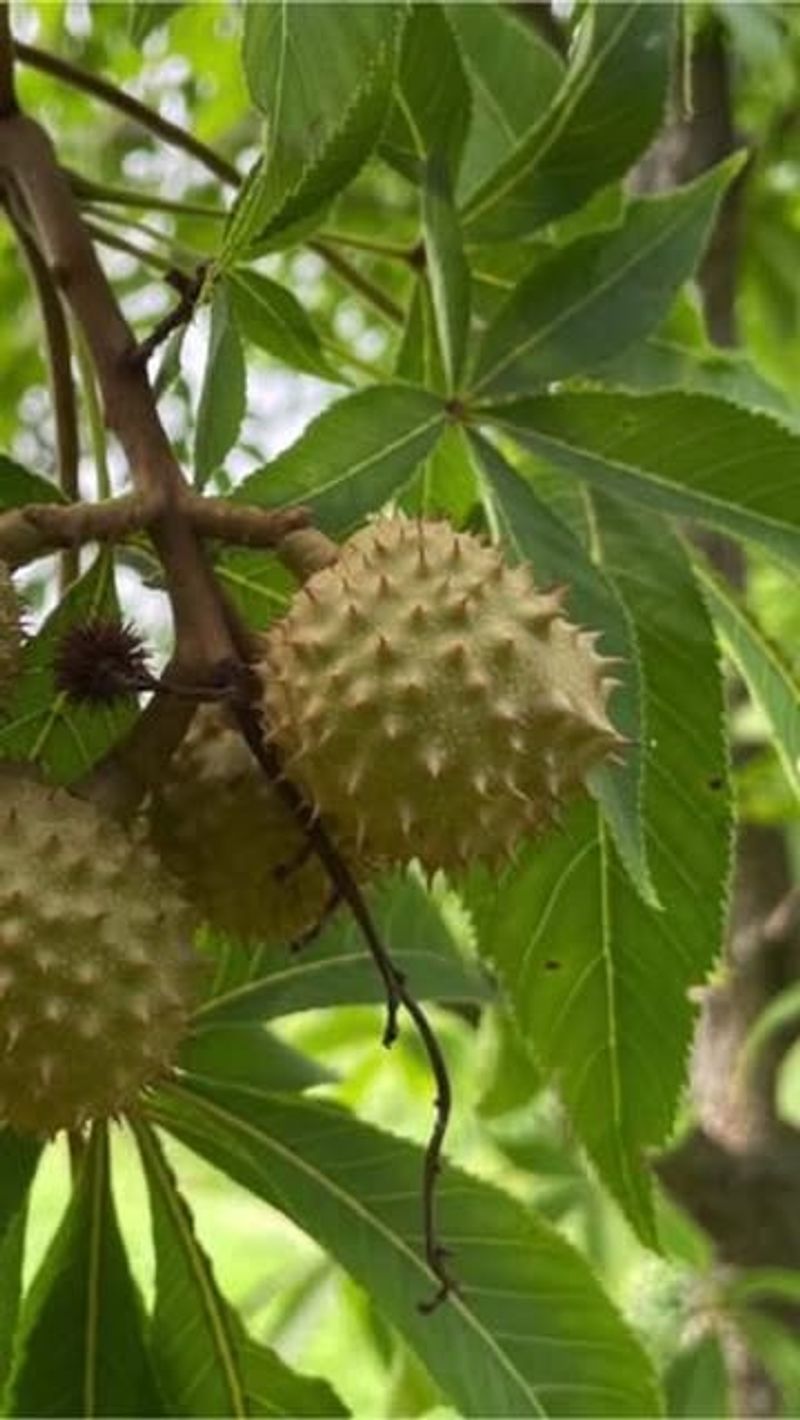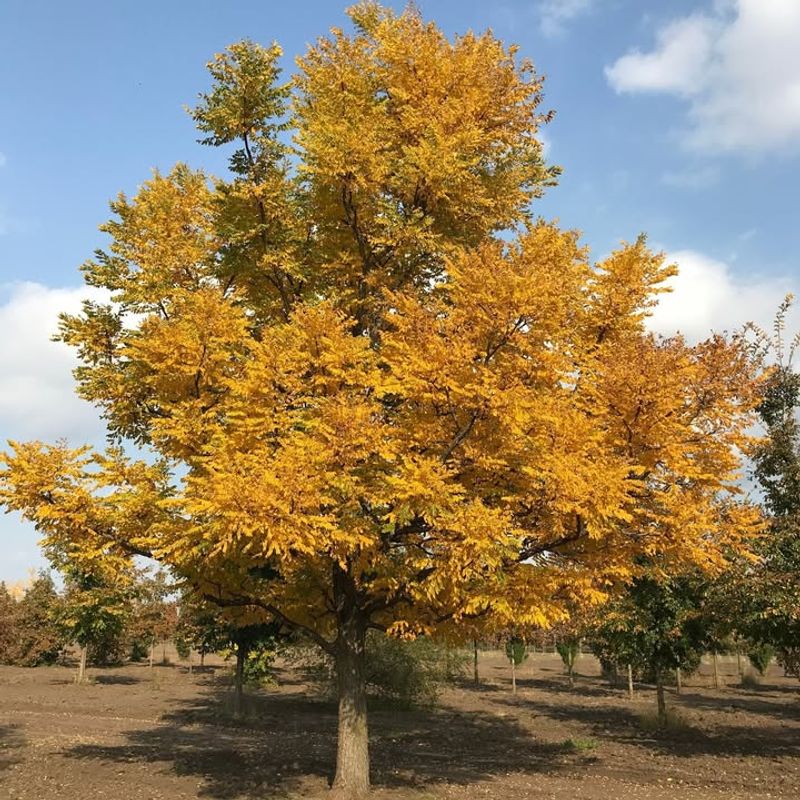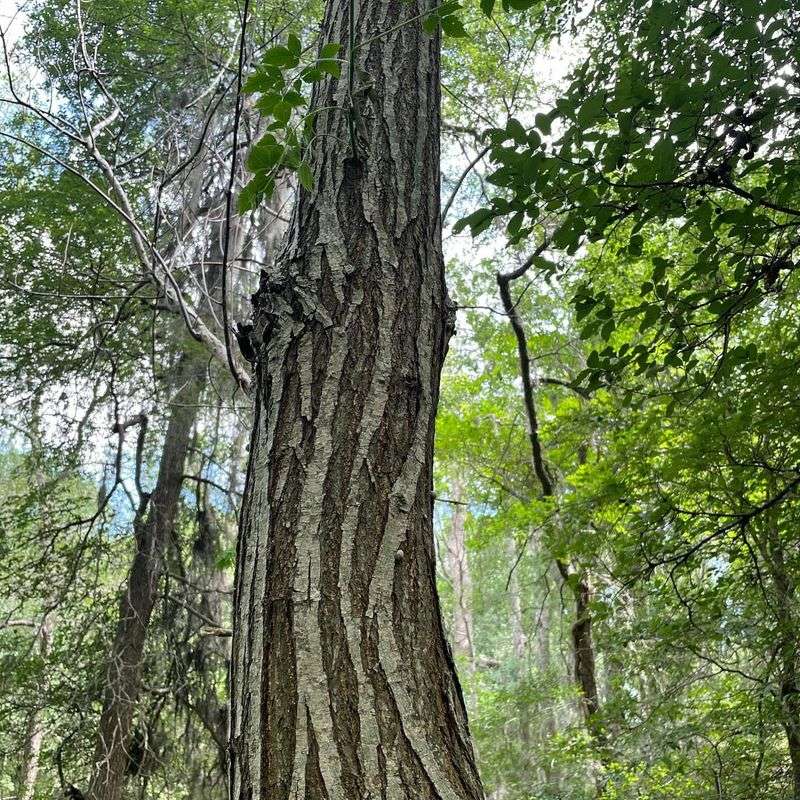Not all trees are as harmless as they look in Maine’s peaceful landscapes. I once found out too late that one near my home was toxic to pets.
A little knowledge goes a long way when it comes to planting safely. Knowing which trees to avoid helps keep your yard truly safe and green.
1. Black Locust
Black locust trees grow throughout Maine and produce beautiful white flowers each spring. Every part except the flowers contains toxins that affect both humans and animals.
Children who chew the bark or eat seeds may experience nausea, weakness, and irregular heartbeat. Horses grazing near these trees face serious danger if they consume fallen branches or leaves.
Maine homeowners should fence off these trees or remove them entirely if young kids or pets play nearby. Always rake up seed pods that drop in late summer and fall.
2. Red Maple
Red maples are stunning in autumn when their leaves turn brilliant shades of crimson and orange. Unfortunately, wilted or dried leaves contain compounds extremely poisonous to horses and other livestock.
Even small amounts can cause kidney failure in horses within hours. Many Maine farms and rural properties have red maples growing along fence lines or pastures.
Keep horses away from areas where leaves accumulate, especially after storms. Fresh green leaves pose less risk, but wilted foliage becomes deadly. Remove fallen branches promptly during Maine’s unpredictable weather seasons.
3. English Yew
English yew looks elegant as a landscaping shrub in many Maine yards, but it ranks among the most dangerous plants you can grow. Nearly every part contains taxine alkaloids that affect the heart.
Just a mouthful of leaves can kill a child or pet within hours, often without warning symptoms. The red berries attract curious kids and wildlife during late summer.
Many Maine landscapers recommend removing yews completely if you have young children. Consider replacing them with non-toxic evergreens like junipers or arborvitae instead for similar aesthetic appeal.
4. Cherry Trees
Wild and ornamental cherry trees bloom beautifully across Maine each spring with clouds of white or pink flowers. Leaves, stems, and seeds contain cyanogenic glycosides that release deadly cyanide when chewed or digested.
Wilted leaves become especially concentrated with toxins after storms or during drought. Livestock and pets can die quickly after eating fallen branches.
Children should never chew on cherry tree twigs or crack open the pits. Maine residents with cherry trees need vigilant supervision during spring and summer months when kids play outside.
5. Oak Trees
Oak trees provide wonderful shade and wildlife habitat throughout Maine’s forests and yards. Acorns and young leaves contain tannins that cause kidney damage when consumed in large quantities.
Cattle, horses, and goats face the greatest risk during spring when tender leaves emerge. Dogs sometimes eat acorns during fall, leading to stomach upset and potential blockages.
Most Maine families don’t face serious risks from oaks, but monitor pets during autumn acorn season. Rake up acorns regularly if your dog tends to chew on everything during outdoor playtime.
6. Black Walnut
Black walnut trees produce delicious nuts but release juglone, a chemical toxic to many plants and animals. Horses develop laminitis, a painful hoof condition, after standing on black walnut shavings or near these trees.
The hulls can cause skin irritation in sensitive people during Maine’s harvest season. Many garden plants won’t grow beneath black walnuts due to juglone in the soil.
Keep horses completely away from areas with black walnut debris. Wear gloves when handling the green outer hulls to avoid staining and irritation on your hands.
7. Mountain Ash
Mountain ash trees grow wild and ornamental across Maine, displaying gorgeous orange-red berry clusters that persist into winter. Birds love these berries, but they contain cyanogenic glycosides dangerous to humans and pets.
Raw berries cause stomach pain, vomiting, and breathing difficulties if eaten in quantity. Children find the bright clusters tempting during Maine’s long winter months when color is scarce.
Teach kids never to eat wild berries, even ones that birds enjoy safely. Cooking destroys most toxins, so some people make mountain ash jelly after proper preparation and boiling.
8. Buckeye Trees
Buckeye trees occasionally appear in Maine landscapes, brought from other regions for their unique appearance. Seeds, leaves, bark, and young sprouts all contain aesculin and other glycosides affecting the nervous system.
Children attracted to the shiny brown nuts may experience vomiting, diarrhea, and muscle weakness. Livestock poisoning occurs when hungry animals eat buckeye leaves during Maine’s early spring before other forage grows.
Remove seed pods before they drop if you have buckeyes in your Maine yard. Store or dispose of them where curious kids and pets cannot reach them during play.
9. Horse Chestnut
Horse chestnut trees stand out in Maine landscapes with their showy white flower spikes and spiky seed pods. Despite the name, these nuts are poisonous to horses and most other animals, including humans.
Seeds contain aesculin, causing severe stomach upset, muscle twitching, and coordination problems. Kids sometimes collect the shiny brown nuts for crafts during Maine’s autumn season.
Store collected nuts safely away from pets and small children who might put them in their mouths. Squirrels can eat horse chestnuts safely, but your family and pets cannot tolerate these attractive seeds.
10. Kentucky Coffee Tree
Kentucky coffee trees occasionally grow in Maine as ornamental specimens, valued for their unique appearance and toughness. Raw seeds and pods contain cytisine, a toxin affecting the nervous system like nicotine.
Early settlers roasted seeds as coffee substitute, but raw consumption causes vomiting, confusion, and breathing problems. Livestock poisoning happens when animals eat pods fallen during Maine’s windy autumn weather.
Children should never play with or open the large brown pods that look tempting. Roasting destroys toxins completely, but raw seeds remain dangerous to curious kids exploring your Maine yard.
11. Chinaberry Tree
Chinaberry trees rarely survive Maine’s harsh winters but occasionally appear in protected southern coastal areas. Berries, leaves, bark, and flowers all contain tetranortriterpenes that affect the digestive and nervous systems.
Just a handful of berries can cause serious poisoning in children and pets. Birds eat the yellow berries without harm, spreading seeds to new locations across milder parts of Maine.
Remove any chinaberry saplings immediately if they appear in your Maine property. The berries remain toxic even after drying, so don’t use them for decorations or crafts around your home.

